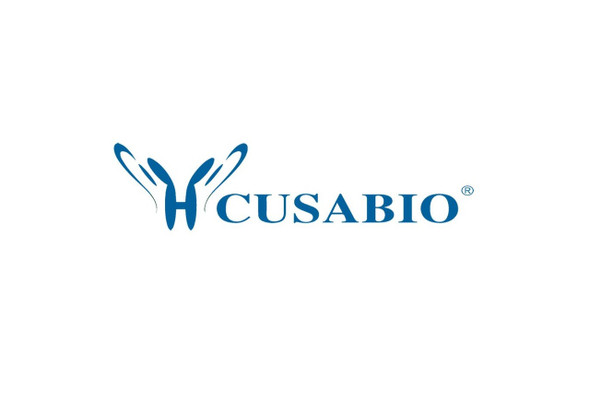Cusabio Rattus norvegicus Recombinants
Recombinant Rat Apolipoprotein C-I (Apoc1) | CSB-MP001930RA
- SKU:
- CSB-MP001930RA
- Availability:
- 18 - 28 Working Days
Description
Recombinant Rat Apolipoprotein C-I (Apoc1) | CSB-MP001930RA | Cusabio
Alternative Name(s): Apolipoprotein C1 ?Liver regeneration-related protein LRRG04?
Gene Names: Apoc1
Research Areas: Cardiovascular
Organism: Rattus norvegicus (Rat)
AA Sequence: APDFSSAMESLPDKLKEFGNTLEDKARAAIEHIKQKEIMIKTRNWFSETLNKMKEKLKTTFA
Source: Mammalian cell
Tag Info: C-terminal hFc-tagged
Expression Region: 27-88aa
Sequence Info: Full Length of Mature Protein
MW: 34.7 kDa
Purity: Greater than 85% as determined by SDS-PAGE.
Relevance: Inhibitor of lipoprotein binding to the low density lipoprotein (LDL) receptor, LDL receptor-related protein, and very low density lipoprotein (VLDL) receptor. Associates with high density lipoproteins (HDL) and the triacylglycerol-rich lipoproteins in the plasma and makes up about 10% of the protein of the VLDL and 2% of that of HDL. Appears to interfere directly with fatty acid uptake and is also the major plasma inhibitor of cholesteryl ester transfer protein (CETP). Binds free fatty acids and reduces their intracellular esterification. Modulates the interaction of APOE with beta-migrating VLDL and inhibits binding of beta-VLDL to the LDL receptor-related protein.
Reference: "Human apoA-I expression in CETP transgenic rats leads to lower levels of apoC-I in HDL and to magnification of CETP-mediated lipoprotein changes." Masson D., Pais de Barros J.P., Zak Z., Gautier T., Le Guern N., Assem M., Chisholm J.W., Paterniti J.R. Jr., Lagrost L. J. Lipid Res. 47:356-365(2006)
Storage: The shelf life is related to many factors, storage state, buffer ingredients, storage temperature and the stability of the protein itself. Generally, the shelf life of liquid form is 6 months at -20?/-80?. The shelf life of lyophilized form is 12 months at -20?/-80?.
Notes: Repeated freezing and thawing is not recommended. Store working aliquots at 4? for up to one week.
Function: Inhibitor of lipoprotein binding to the low density lipoprotein (LDL) receptor, LDL receptor-related protein, and very low density lipoprotein (VLDL) receptor. Associates with high density lipoproteins (HDL) and the triacylglycerol-rich lipoproteins in the plasma and makes up about 10% of the protein of the VLDL and 2% of that of HDL. Appears to interfere directly with fatty acid uptake and is also the major plasma inhibitor of cholesteryl ester transfer protein (CETP). Binds free fatty acids and reduces their intracellular esterification. Modulates the interaction of APOE with beta-migrating VLDL and inhibits binding of beta-VLDL to the LDL receptor-related protein.
Involvement in disease:
Subcellular Location: Secreted
Protein Families: Apolipoprotein C1 family
Tissue Specificity:
Paythway:
Form: Liquid or Lyophilized powder
Buffer: If the delivery form is liquid, the default storage buffer is Tris/PBS-based buffer, 5%-50% glycerol. If the delivery form is lyophilized powder, the buffer before lyophilization is Tris/PBS-based buffer, 6% Trehalose, pH 8.0.
Reconstitution: We recommend that this vial be briefly centrifuged prior to opening to bring the contents to the bottom. Please reconstitute protein in deionized sterile water to a concentration of 0.1-1.0 mg/mL.We recommend to add 5-50% of glycerol (final concentration) and aliquot for long-term storage at -20?/-80?. Our default final concentration of glycerol is 50%. Customers could use it as reference.
Uniprot ID: P19939
HGNC Database Link: N/A
UniGene Database Link: UniGene
KEGG Database Link: KEGG
STRING Database Link: STRING
OMIM Database Link: N/A









